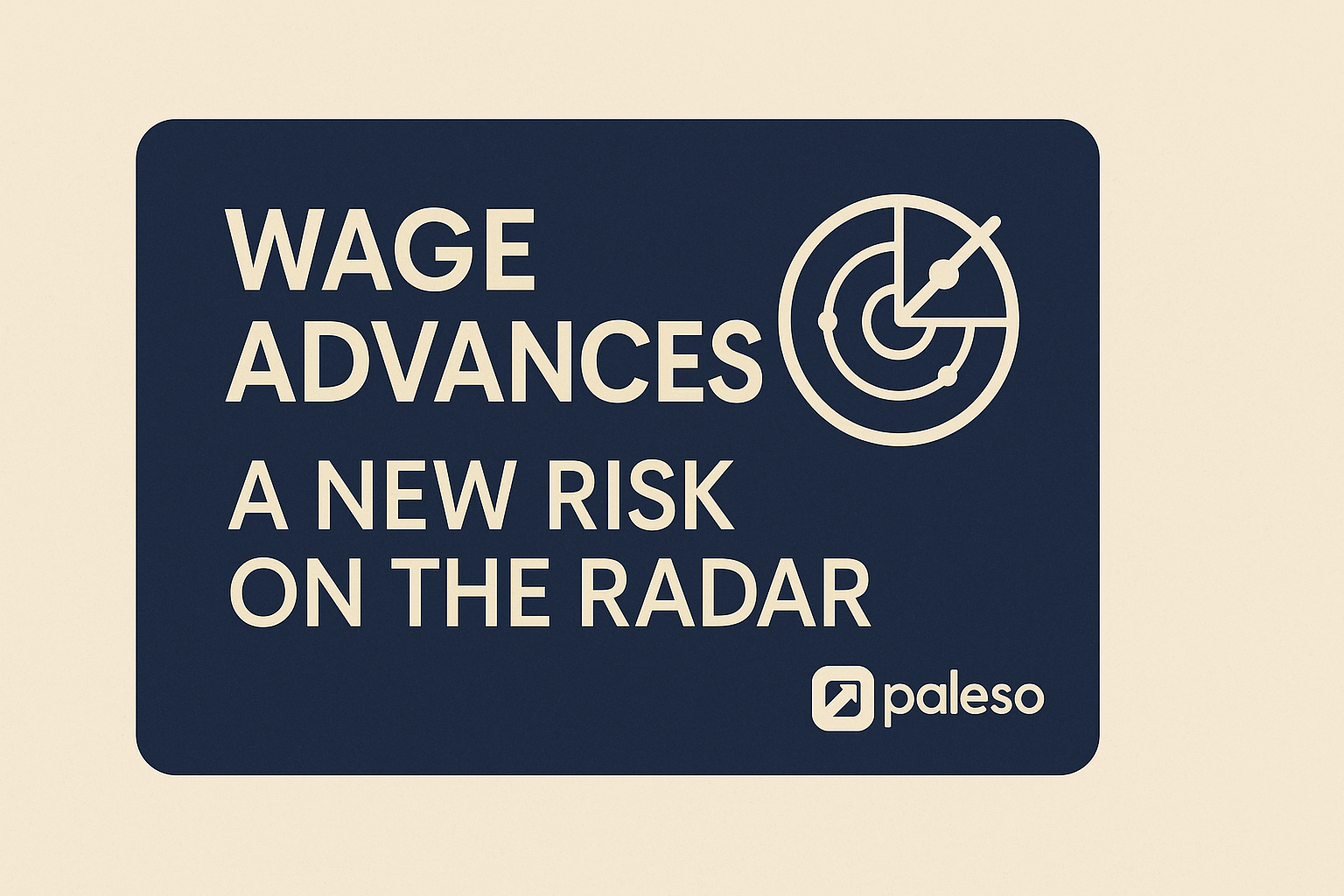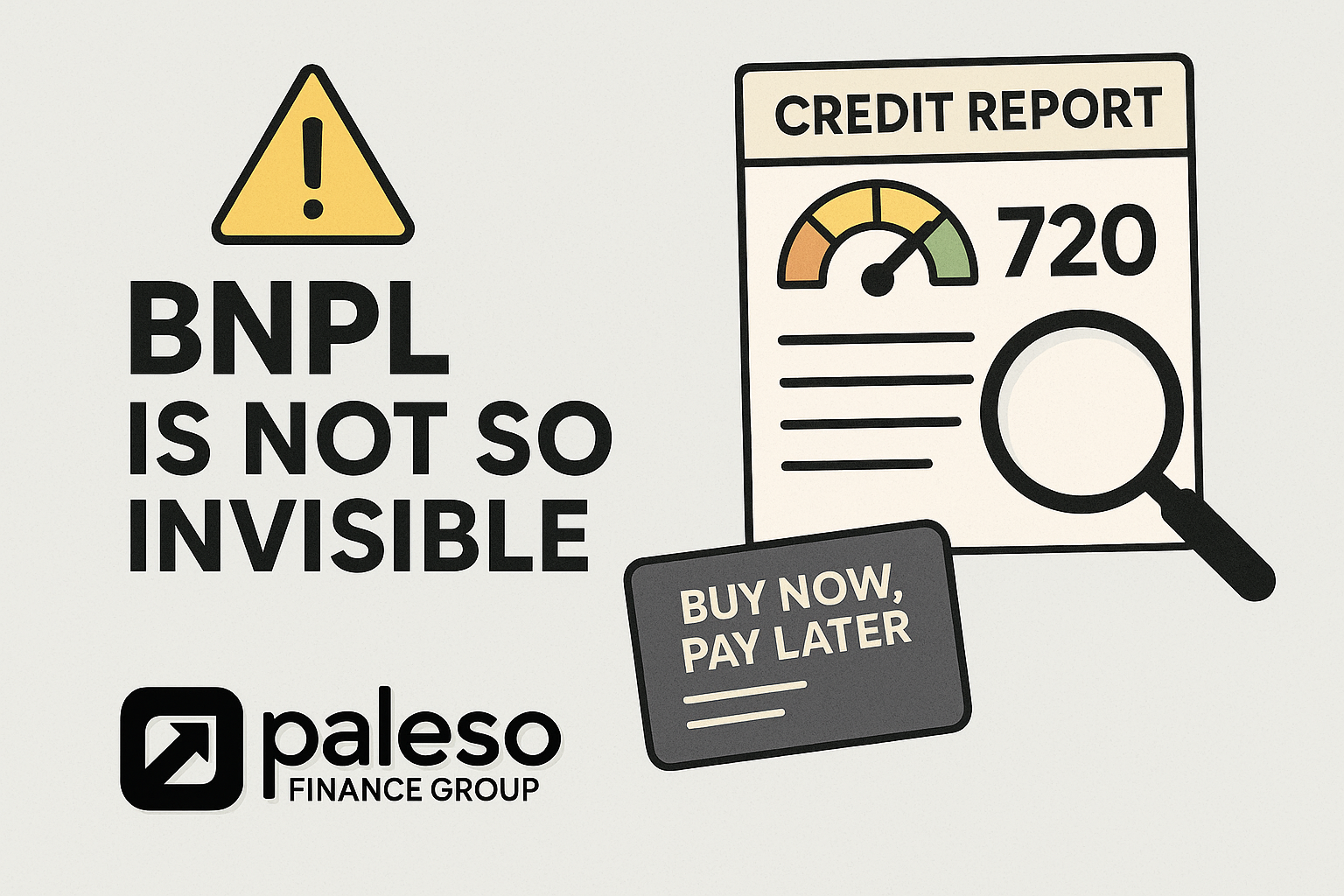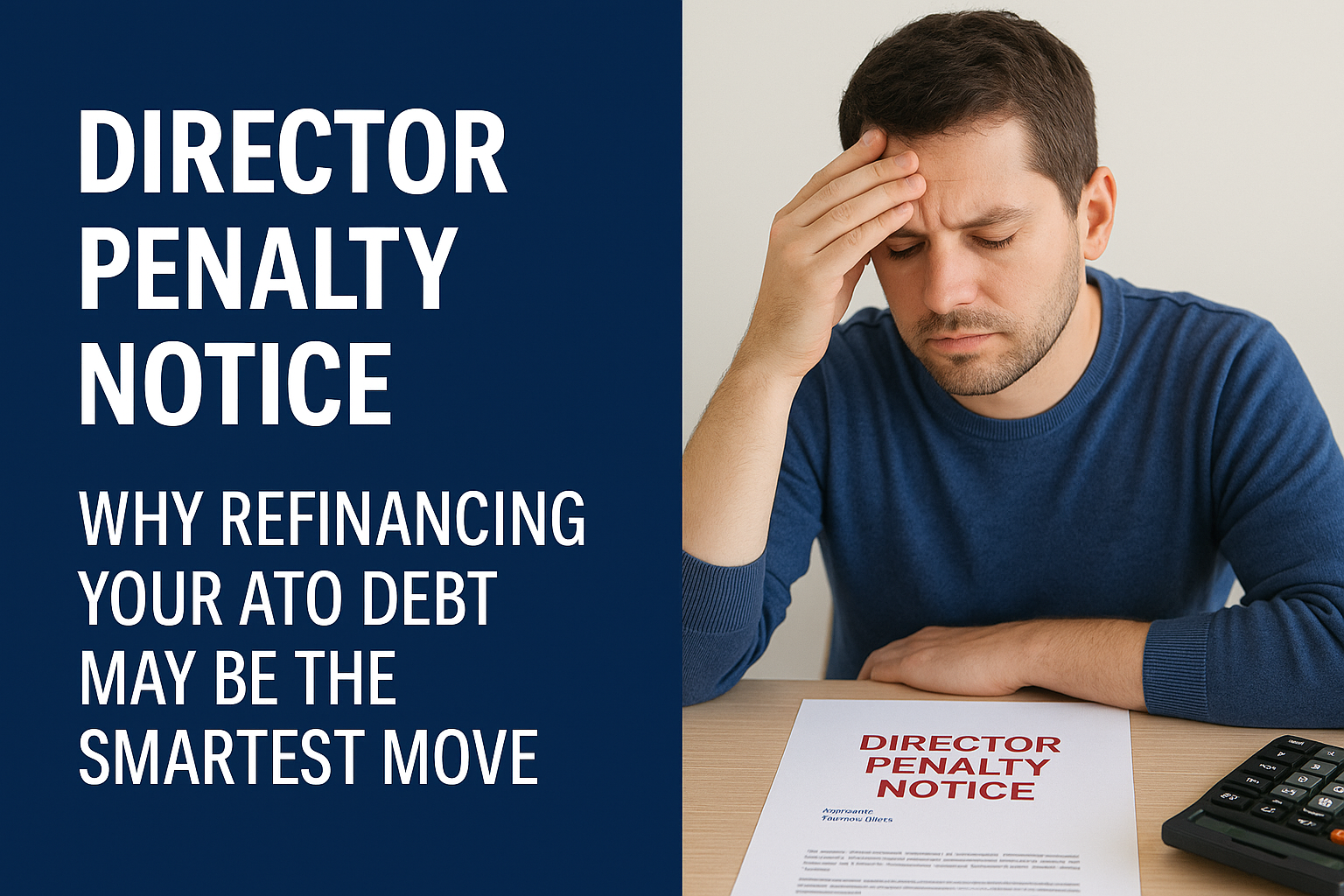The Rise of Wage Advances
There’s a new kind of “easy money” popping up across Australia — and it’s called wage advance or pay advance services. They’re marketed as a convenient way to get part of your pay early. But before you tap that button, it’s worth knowing what they really are and how they can quietly hurt your financial profile.
What are wage advances?
Wage advance services let you access a portion of your pay before payday — usually for a flat fee or small percentage. They connect to your employer’s payroll or your bank account, then automatically collect repayment when your next pay comes in.
On the surface, it sounds handy. Car registration due before payday? No problem. But while these services aren’t technically payday loans, they share some of the same risks.
The catch
Unlike traditional lenders, wage advance providers aren’t regulated under the same credit laws (at least not yet). That means they don’t have to check whether you can actually afford the repayment.
The fees can also add up fast. A few “small” $10–$20 access fees can easily add up to hundreds over time — the equivalent of sky-high interest when you calculate it annually.
And because repayments come out automatically from your next pay, it can leave you short for the next week — creating a cycle where you need another advance to get through.
What lenders see
Even though wage advances don’t always show up on your credit file, lenders can still see them on your bank statements.
If your statements show regular wage advance transactions (even small ones), it can raise questions for credit assessors:
- Are you living pay-to-pay?
- Are you managing shortfalls responsibly?
- Is there risk of dependency on short-term finance?
Just like frequent BNPL use, this can make it harder to get approved for a car loan, personal loan, or home loan — especially if it looks like your income is stretched thin.
What’s being done
Consumer groups have called for these products to be brought under responsible lending rules, similar to BNPL. ASIC and the Federal Government are monitoring the space, but for now, it’s still lightly regulated — meaning it’s up to individuals to protect themselves.
What you can do instead
If you’re tempted by a pay-advance app, take a moment to pause and plan.
- Build a small buffer. Even $20 a week adds up fast when it’s automated.
- Talk to your employer. Some offer interest-free payroll assistance in genuine emergencies.
- Ask your lender or broker. If short-term cash flow is a recurring issue, there may be safer options like structured overdrafts or personal loans with fixed repayments.
The takeaway
Wage advances might look like a shortcut — but they can quietly create longer-term hurdles when it comes to borrowing.
At Paleso, we help you look at the bigger picture. The goal isn’t just to get by this week — it’s to keep your credit profile strong for the moments that really matter: buying a car, upgrading equipment, or getting into your first home.
Because the best kind of advance is the one that moves you forward — not backward.









